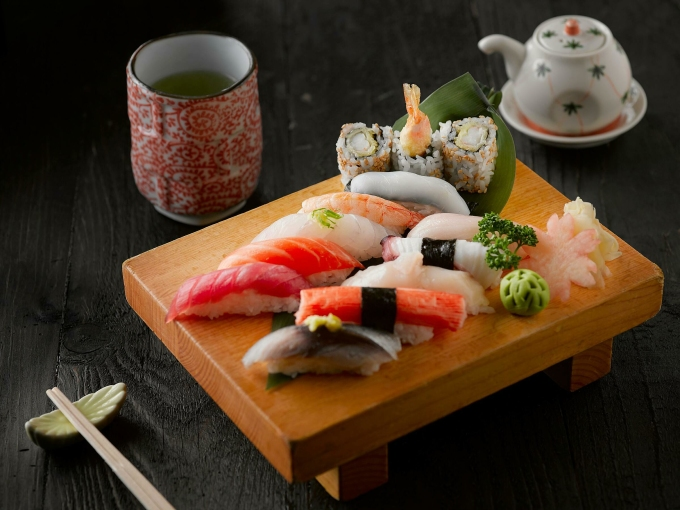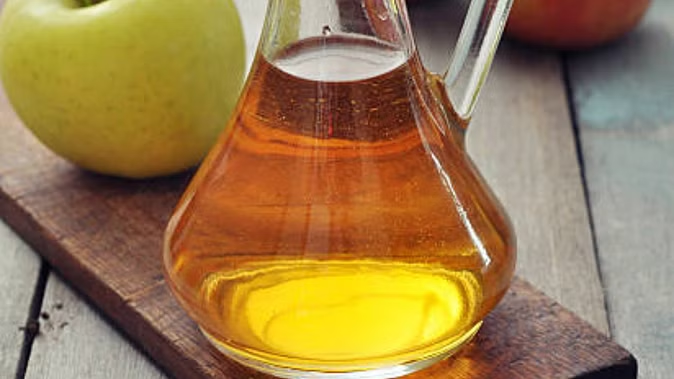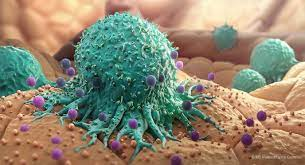How long does food stay good after it falls on the ground? Does the 3 or 5-second rule work or is it just a myth? Imagine that you are about to eat some very tasty sweet and suddenly it falls on the ground. Now it was your favourite thing, so would it be okay to pick it up and eat it right away? There is a popular rule around the world that food remains fine for 3 to 5 seconds after falling on the ground and can be eaten.

Is this rule correct or not? Does food get contaminated immediately after it hits the ground? How soon can bacteria affect food? See, first of all, let me tell you that it depends on which surface the food has fallen. What's the food like? How long ago was the food prepared? Today we talk a little about this rule and know how food gets contaminated.
What does the research say about this?
The research was done by the American Council on Science and Health. This report was done by the Department of Applied and Environmental Microbiology which was published in ASM Journals. According to this research, the longer the food remains on the contaminated surface, the more the scope for its spoilage. Bacterial cross-contamination can lead to a variety of diseases.

The food doesn't need to fall on the ground. If there are bacteria on the kitchen platform, there are bacteria in the eating utensils, the food is not cooked properly or your hands are dirty and touched the food, then your food can be contaminated.
What is common belief?
The 5-second rule states that if something is dropped; pick it up immediately so that bacteria and viruses do not have time to stick to it.
Let us tell you that this rule is largely a myth. Yes, it may work on a small number of foods and surfaces, but not everywhere. Even if the surface is covered with an anti-bacterial wipe, there is still a chance that your food will be contaminated within 5 seconds.
Studies show that if there is moisture in the place where the food falls, then contamination will happen more quickly.
Bacteria can be transferred in less than 1 second
As we said, the moisture content of the surface also depends on how quickly your food is getting contaminated. For example, if you drop a portion of chips on the ground, the chance of contamination will be less, but if a food item with high water content like watermelon falls on the ground, it will get contaminated immediately. According to the research mentioned above, when it comes to surfaces, food with less moisture on the carpet is the least contaminated, but food on tile, steel, wood, concrete, etc. can get contaminated very quickly.

If the moisture content of food is high, then it is considered contaminated within 1 second.
Apart from this, the type of bacteria also has a big impact. For example, dangerous bacteria like E-coli can stick to food very quickly.
A published report by Aston University acknowledges that moisture content plays a major role in food contamination. In such a situation, if the food with less moisture has not fallen on the contaminated surface, then you will have fewer problems.
However, she reports that the 5-second rule does exist, but it only applies to certain types of foods and surfaces.
This means that the 5-second rule is not entirely a myth, but picking up spilt food and eating it just like that can prove to be dangerous for your health. Now you will not test the food every time whether it is spoiled due to surface and moisture or not.










